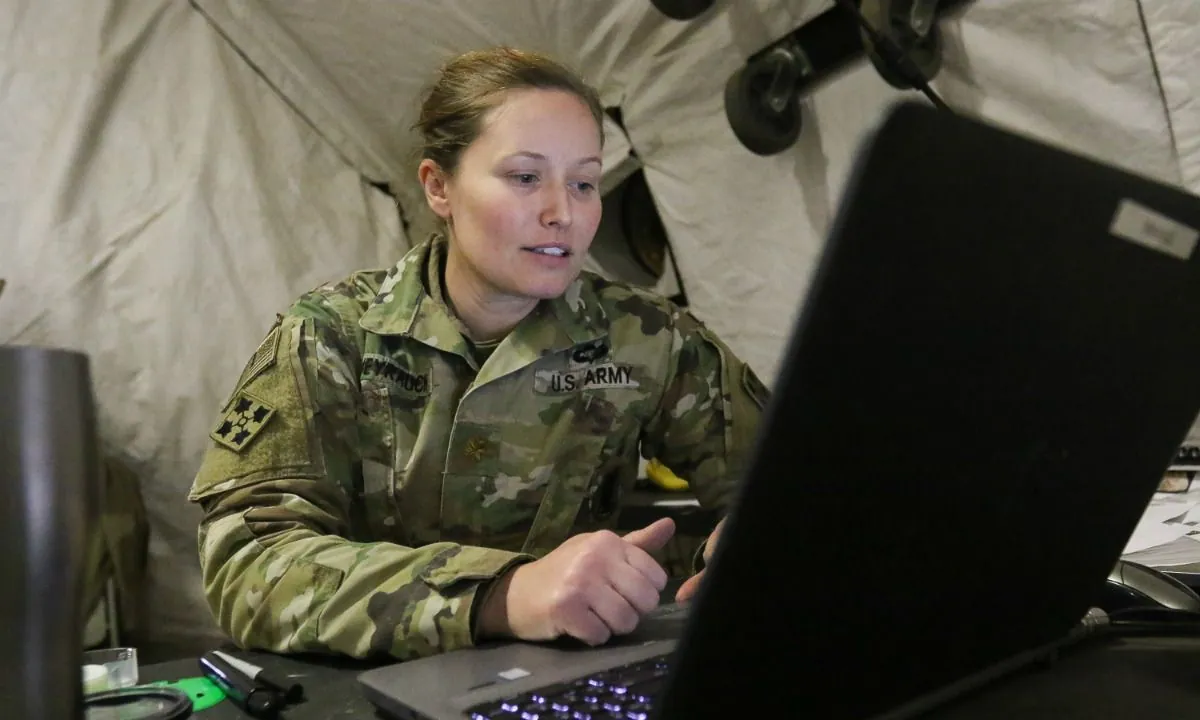U.S. Army Soldier Charged for AI-Generated Child Abuse Images
A U.S. Army soldier faces federal charges for using AI to create explicit images of children. The case highlights the growing misuse of AI technology in generating child sexual abuse material.

Seth Herrera, a 34-year-old U.S. Army soldier, has been charged with using artificial intelligence (AI) to generate explicit sexual images of children he knew. This case marks a significant development in the government's efforts to combat the creation of child sexual abuse material using advanced technology.
Herrera, stationed in Anchorage, Alaska, was arrested approximately one week ago and made his initial court appearance on Tuesday. The charges against him include possession, transportation, and reception of child sexual abuse imagery. If convicted, Herrera could face up to 20 years in prison, a penalty established by the PROTECT Act of 2003.
According to court documents, Herrera possessed thousands of images depicting the violent sexual abuse of children, including infants. He allegedly used AI tools to generate realistic child sex abuse material by manipulating photographs of minors he knew personally. The soldier, who served as a motor transport operator in the 11th Airborne Division at Joint Base Elmendorf-Richardson, reportedly used popular messaging apps like Telegram to store and receive illicit content.
"The misuse of cutting-edge generative AI is accelerating the proliferation of dangerous content. Criminals considering the use of AI to perpetuate their crimes should stop and think twice."
This case highlights the growing concern over the misuse of AI technology in creating child sexual abuse material. The U.S. Army, established on June 14, 1775, now faces the challenge of addressing this modern threat within its ranks. The Department of Homeland Security, created in 2002 in response to the 9/11 attacks, played a crucial role in the investigation through its Homeland Security Investigations division.

Federal prosecutors argue that AI-generated images should be treated similarly to real-world child sexual abuse recordings. This stance reflects the evolving legal landscape in response to technological advancements. The first federal law against child pornography in the U.S. was passed in 1977, long before the advent of AI technology.
Herrera's case is not isolated. In May 2024, a Wisconsin man was charged with creating child sex abuse images using AI, marking one of the first federal charges of its kind. Other recent cases in North Carolina and Pennsylvania involved individuals using AI to create deepfakes or digitally manipulate images of children.
The misuse of AI in this context presents new challenges for law enforcement. Robert Hammer, special agent in charge of Homeland Security Investigation's Pacific Northwest Division, described Herrera's actions as a "profound violation of trust" and acknowledged the complexities in protecting children from these emerging threats.
As AI technology continues to advance, with its roots dating back to the 1950s, law enforcement and policymakers must adapt to address its potential misuse in criminal activities. The case against Herrera serves as a stark reminder of the ongoing battle against child exploitation in the digital age.


































